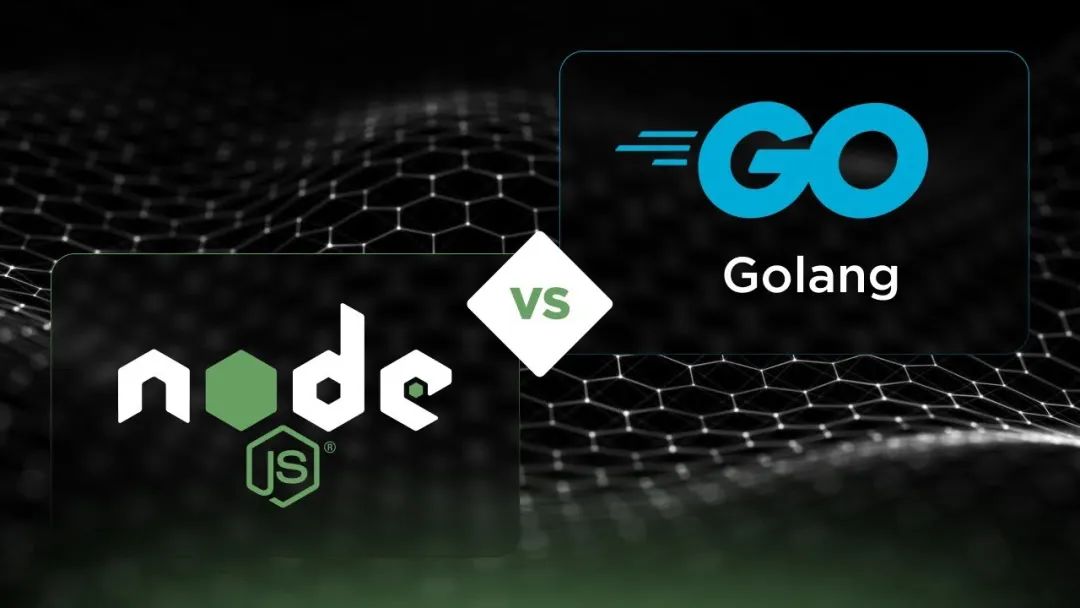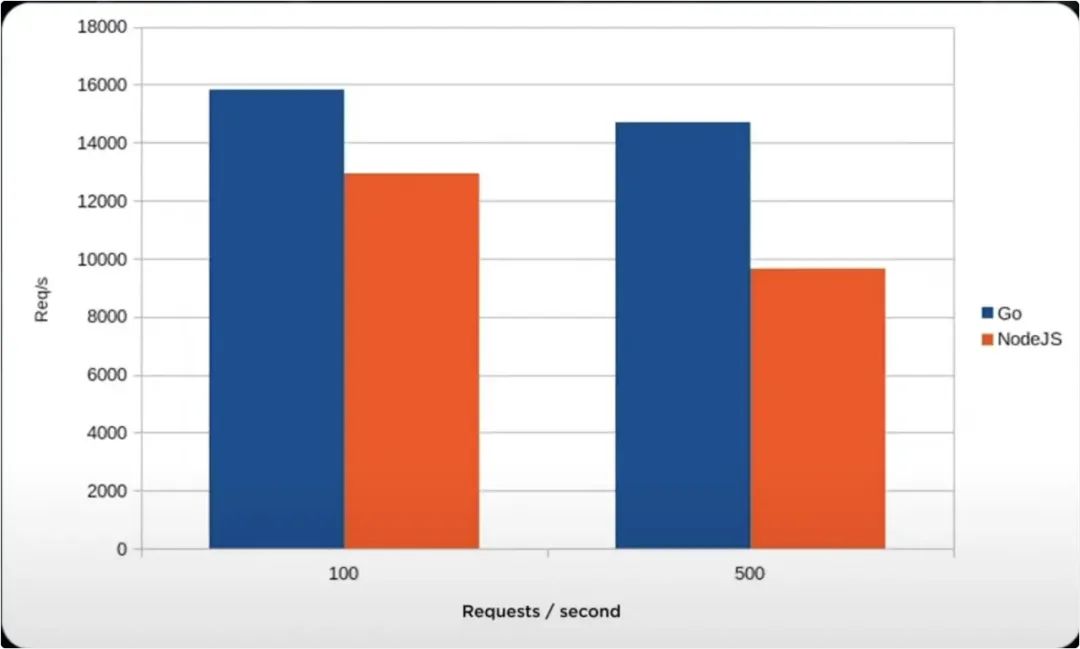As a software developer, I’m constantly on the lookout for the fastest and most efficient tools to build applications. When it comes to speed and tackling complex tasks, Golang and Node.js stand out as top contenders. Both boast excellent reputations in terms of performance. But the burning question remains—which one is faster, Golang or Node.js? To settle this debate, I embarked on a journey of rigorous benchmark testing, aiming to compare these two technologies in depth. By scrutinizing detailed results, my goal is to ascertain which platform holds the edge in raw speed. The data will reveal whether one platform has a clear advantage in developing high-performance applications.
This article was first published in the Medium MPP plan. If you are a Medium user, please follow me on Medium. Thank you very much.

Introduction
In recent years, Golang and Node.js have garnered significant attention, each boasting its own strengths and merits. Golang, also known as Go, is a statically typed compiled programming language developed by Google. It has garnered praise for its simplicity, concurrency support through goroutines, and blazing-fast performance. Conversely, Node.js is an event-driven, non-blocking I/O platform built on Chrome’s V8 JavaScript engine. It has earned accolades for its asynchronous programming model, extensive package ecosystem through npm, and rapid development capabilities.
Benchmarking Methodology
Before delving into the benchmark test results, it’s crucial to establish a standardized methodology to ensure fair and accurate comparisons. In our benchmark tests, we’ll focus on common performance metrics such as response time, throughput, and resource utilization. The benchmark testing environment will encompass identical hardware specifications and configurations for Golang and Node.js applications. Additionally, we’ll utilize reliable benchmarking tools and frameworks to ensure the reliability and consistency of all experiments.
Response Time Comparison
One of the pivotal metrics for evaluating web server performance is response time, which measures the duration between sending a request and receiving a response. In our benchmark tests, we’ll deploy identical web server applications written in Golang and Node.js, each providing simple HTTP requests and minimizing processing overhead. By simulating varying levels of concurrent client connections and analyzing the corresponding response times, we can assess the performance of Golang and Node.js under real-world workload scenarios.
|
|
requests per second
|
|
Throughput Analysis
In addition to response time, throughput is another critical performance metric that measures the rate at which a system processes incoming requests. Higher throughput values indicate greater capacity to handle concurrent connections and deliver responses promptly. To compare the throughput of Golang and Node.js applications, we’ll ramp up the number of concurrent client requests and monitor each platform’s scalability in terms of request processing capability.
Resource Utilization
Besides response time and throughput, assessing the resource utilization of Golang and Node.js applications under load is paramount. This includes monitoring CPU usage, memory consumption, and network activity to pinpoint any potential bottlenecks or inefficiencies. By scrutinizing resource utilization metrics, we can glean insights into each platform’s overall efficiency and scalability, aiding developers in making informed decisions when selecting the optimal technology stack for their projects.
CPU Usage:
- Golang compiles to native machine code, making it highly CPU-efficient. Benchmark tests consistently demonstrate that Golang outperforms Node.js in CPU resource utilization.
- Node.js operates on a single thread and relies on asynchronous I/O calls, potentially resulting in underutilization of CPU resources and increased overhead.
Memory Usage:
- Due to its static typing and compiled nature, Golang uses less memory than Node.js and necessitates fewer runtime metadata.
- Node.js relies on dynamic typing and the V8 JavaScript engine, demanding more memory to store type information and heap.
Threading Model:
- Golang leverages lightweight threads (goroutines) for concurrency, simplifying the handling of multithreaded code and parallelism.
- Node.js adopts a single-threaded, non-blocking I/O model. Concurrency necessitates explicit coding using Worker Threads.
Scalability:
- With lightweight goroutine threads, Golang scales horizontally exceptionally well, capable of accommodating substantial concurrent demands.
- Node.js excels in vertical scalability on a single machine but may encounter bottlenecks when scaling out due to its single-threaded nature.
Concurrency Performance
A standout feature of Golang is its native support for concurrency through lightweight goroutines and channels. This enables Golang applications to efficiently handle thousands of concurrent tasks with minimal overhead, making it ideal for building highly concurrent systems such as web servers, microservices, and distributed applications. In contrast, Node.js relies on an event-driven, non-blocking I/O model for concurrency, leveraging asynchronous functions and event loops. We’ll compare the concurrency performance of Golang and Node.js through stress testing high-concurrency tasks on both platforms, evaluating their responsiveness and scalability.
Conclusion
In summary, the benchmark test results vividly illustrate the performance disparities between Golang and Node.js. While both platforms have their merits, Golang showcases superior performance in terms of raw speed, concurrency, and resource efficiency. Its compiled nature, lightweight goroutines, and efficient runtime render it a compelling choice for high-performance applications necessitating swift response times and scalable concurrency.
Conversely, Node.js offers unparalleled developer productivity, extensive ecosystem support, and seamless integration with JavaScript front-end frameworks. Ultimately, the selection between Golang and Node.js hinges on the specific requirements and priorities of your project—whether it’s maximizing performance, leveraging existing JavaScript expertise, or optimizing developer efficiency.
